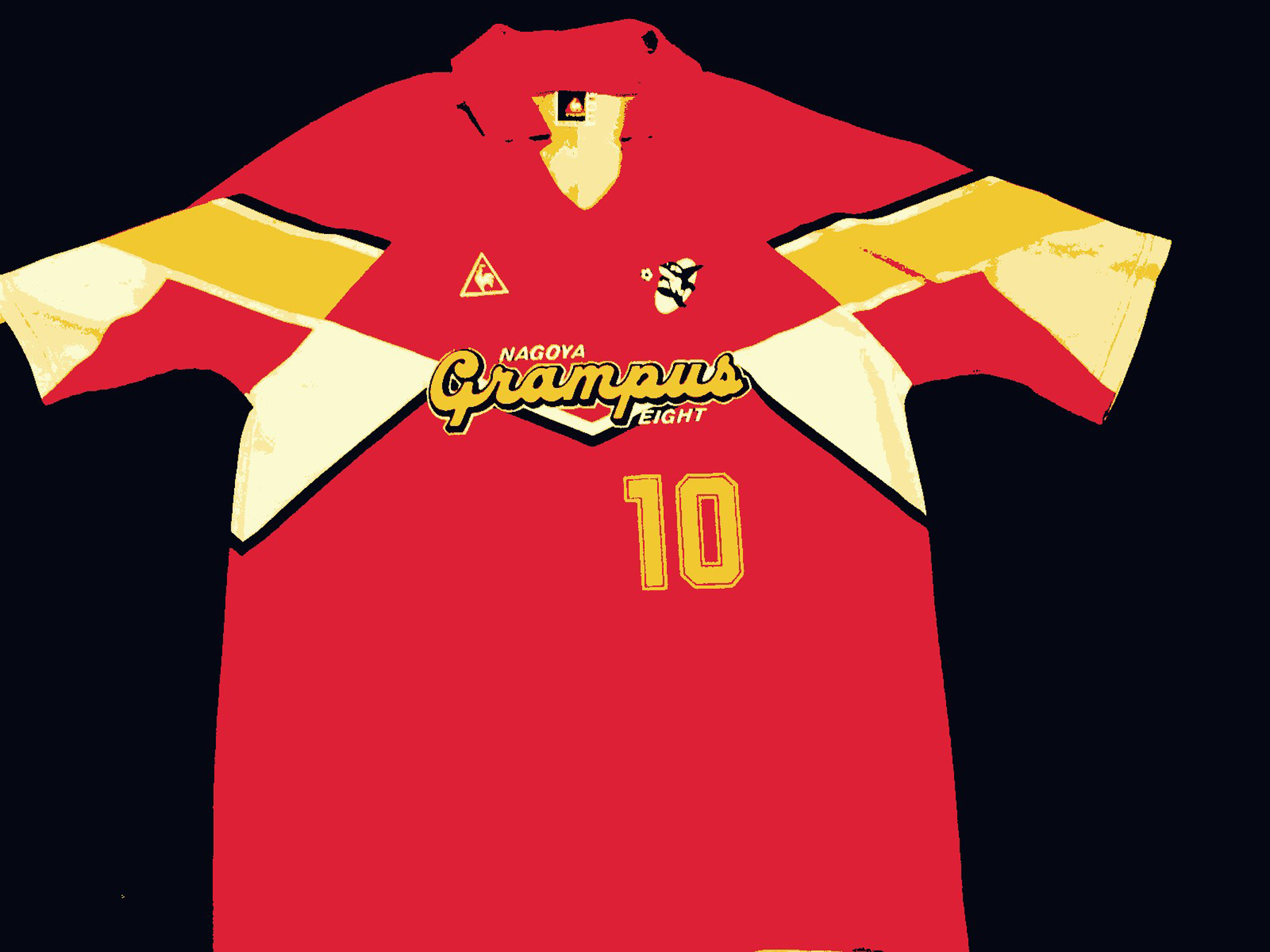LINEKER'S LEGACY

Gary Lineker announced at a press conference on September 21 that he will retire at the end of the J-League’s second stage. The conference followed Nagoya Grampus Eight's 4-1 home victory over Jubilo Iwata, a game in which the injured Lineker took no part.
Lineker has been troubled by injury ever since arriving in Japan for the start of the J-League. First, he had to recover from an operation on his old toe injury. Then he broke another toe bone. When that recovered, his old toe injury came back to haunt him, together with muscle strains. "I was worried that I would have to retire many times over the last year", said Lineker, "really because of injury, I was just relieved and pleased that I was able to get back on the field, maybe not as strong as before, but at least I was able to do something."
Lineker's time in Japan has not been the success that he or anyone else had hoped for. He was brought in as a figurehead for the soccer boom and the new Nagoya club. He was the J-League's highest-paid player. But he only managed a handful of appearances and goals: one goal in seven league appearances in the J-League's first season, and three goals in eight outings so far this year. Despite that, he remains hugely popular with the Nagoya fans. His gentlemanly image has done a lot for the sport in Japan.
Things finally began to look right on as well as off the pitch with the start of this year's second stage. There were flashes of the old Lineker, and he scored with two lovely shots against Verdy, though one, a header from a well-timed run, was wrongly disallowed for offside. Lineker missed the next match, then played his final game before announcing his retirement against Shimizu S Pulse on September 14. But he might be back for a few matches yet. He intends to take part in Nagoya's Australian camp during the Asian Games. Grampus then have 10 league matches remaining between October 22 and November 19. If Lineker recovers his fitness his last match may be against Sanfrecce Hiroshima on November 19 at Mizuho Stadium in Nagoya.
Despite his personal disappointments, Lineker went out on a positive note. "I feel very happy," said Lineker, "to have been part of a very successful J-League. The enthusiasm of the fans has been incredible and it was an honour for me to be involved at the beginning of something so successful. I'd like to thank many people: first of all the people of Japan and especially Nagoya for their tremendous support, understanding and patience."
"I want to stay involved in the game, somehow, but certainly not as a coach or manager. That doesn't appeal. I don't think I'm the type and I wouldn't be any good at it either."
"I think my ambitions are certainly, in the near future, towards the media side of the game - TV or possibly the radio, or perhaps writing a little a bit, something I've started to do recently."
Lineker has since been signed up by The Observer as a columnist and will be writing regularly for the paper from January next year. He is also expected to work as a TV pundit for the BBC.
Two days after Lineker' s announcement, it was Gordon Milne's turn to announce his retirement from Grampus Eight. The club had clearly improved during his short tenure. Passing is now faster, more accurate and more intelligent, and the midfield especially has grown in both firmness sharpness. But besides his work with the team, Milne also had to contend with the often hostile Nagoya press, which never did understand his methods or the need for time to achieve results. "I've always felt that Grampus is close to having a successful football club," said Milne. "And I hope the players believe that. There is still time after the break to have a good end to the season."
Two other trademark faces will also be missing from the J-League next year: Pierre Littbarski and Kunishige Kamamoto. JEF United lchihara say Littbarski has fulfilled his role and the time has come to move on. Littbarski wants to stay in Japan if possible, either as player or coach, but will have to find a new club. Kamamoto was the Gary Lineker of Japan from the late 1960s to the early 1980s. Pelé played in his final match for Yanmar Diesel. But life as manager of Gamba Osaka has not been easy. He conducted a clearout of players before the season began, only to see Gamba fall to the bottom of the table.
This article originally appeared in the November 1994 edition of World Soccer Magazine. You can subscribe for a ridiculously low sum by clicking here.

